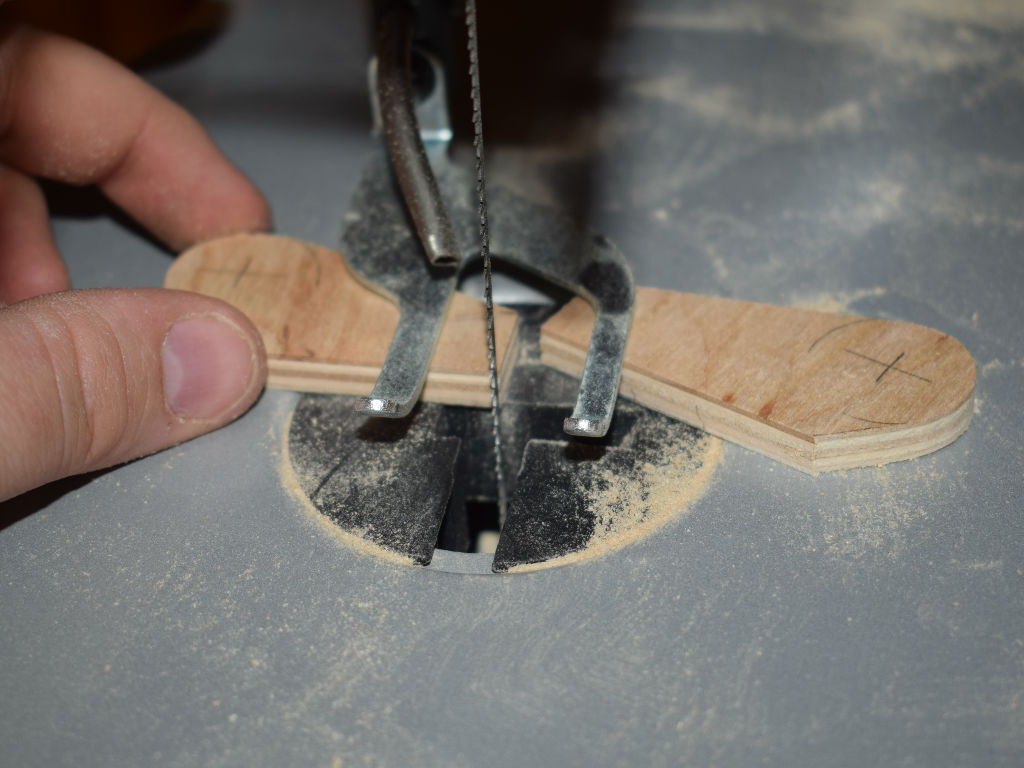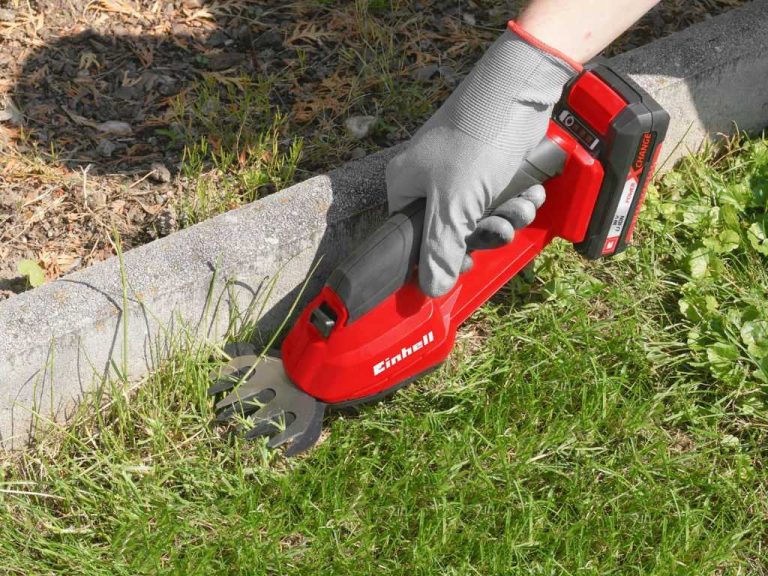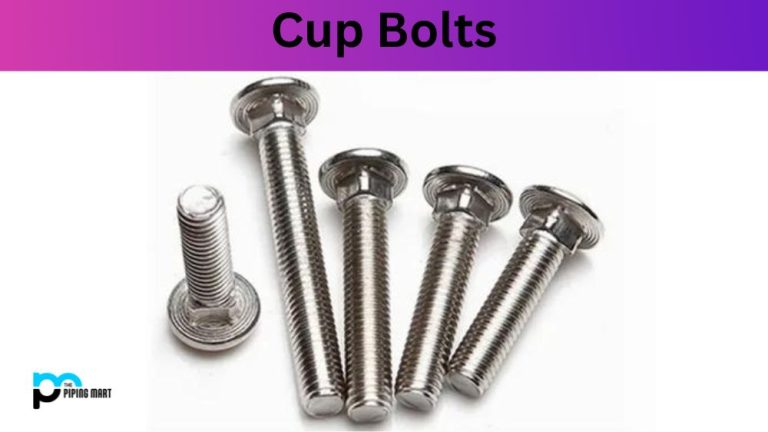Welding Equipment: Your Guide to Precision, Safety, and Strength
Welding equipment is crucial in many fields, providing the tools necessary to join materials with precision and durability. Whether you’re a professional welder or just starting, having the right equipment can significantly impact the quality of your work. This article explores the essentials of welding equipment, the different types available, and their application in specialized projects like geogrid installation, where precise welding is key.

Understanding welding equipment
Welding equipment includes the tools and machinery used to fuse materials, such as metals or plastics, by heating them until they melt and then allowing them to cool and bond. This equipment covers a wide range of tools, from basic welding machines to specialized devices like TIG and MIG welders, along with essential protective gear.
Types of welding equipment
Welding equipment is categorized based on the process it supports. The main types include:
- Arc Welding Machines: These machines use an electric arc to melt and join metals. Stick welders and MIG welders are common examples.
- TIG Welding Equipment: TIG welding, known for its precision, uses a tungsten electrode and is ideal for detailed, high-quality work.
- MIG Welding Equipment: MIG welding involves feeding a continuous wire into the welding area, making it fast and efficient for large-scale projects.
- Plasma Cutting Tools: Often used alongside welding, plasma cutters allow for precise metal cutting before the welding process begins.
How to choose welding equipment
Selecting the right welding equipment requires considering several factors:
- Material Type: Different materials require different welding techniques. For instance, TIG welding is often preferred for aluminum due to its precision.
- Project Scale: Larger projects, such as installing geogrid systems, may demand powerful MIG welders to ensure strong, durable joints.
- Experience Level: Beginners might find MIG welding more straightforward, while professionals might prefer the precision of TIG welding.
- Work Environment: Consider whether the welding will take place indoors or outdoors, as this can affect the type of equipment needed, particularly in terms of portability and weather resistance.
Safety considerations in welding
Safety is a critical aspect of welding. Essential safety measures include:
- Protective Gear: Always wear a welding helmet, gloves, and flame-resistant clothing to protect against sparks, heat, and UV radiation.
- Ventilation: Ensure proper ventilation to avoid inhaling harmful fumes during welding.
- Fire Precautions: Keep the workspace free of flammable materials and have a fire extinguisher nearby.
- Training: Proper training is vital for safely operating welding equipment, especially in complex tasks like installing geogrid systems.
By understanding the different types of welding equipment and how to choose the right tools for your projects, along with following safety protocols, you can ensure successful outcomes in any welding task, from small repairs to large installations like geogrid systems.

